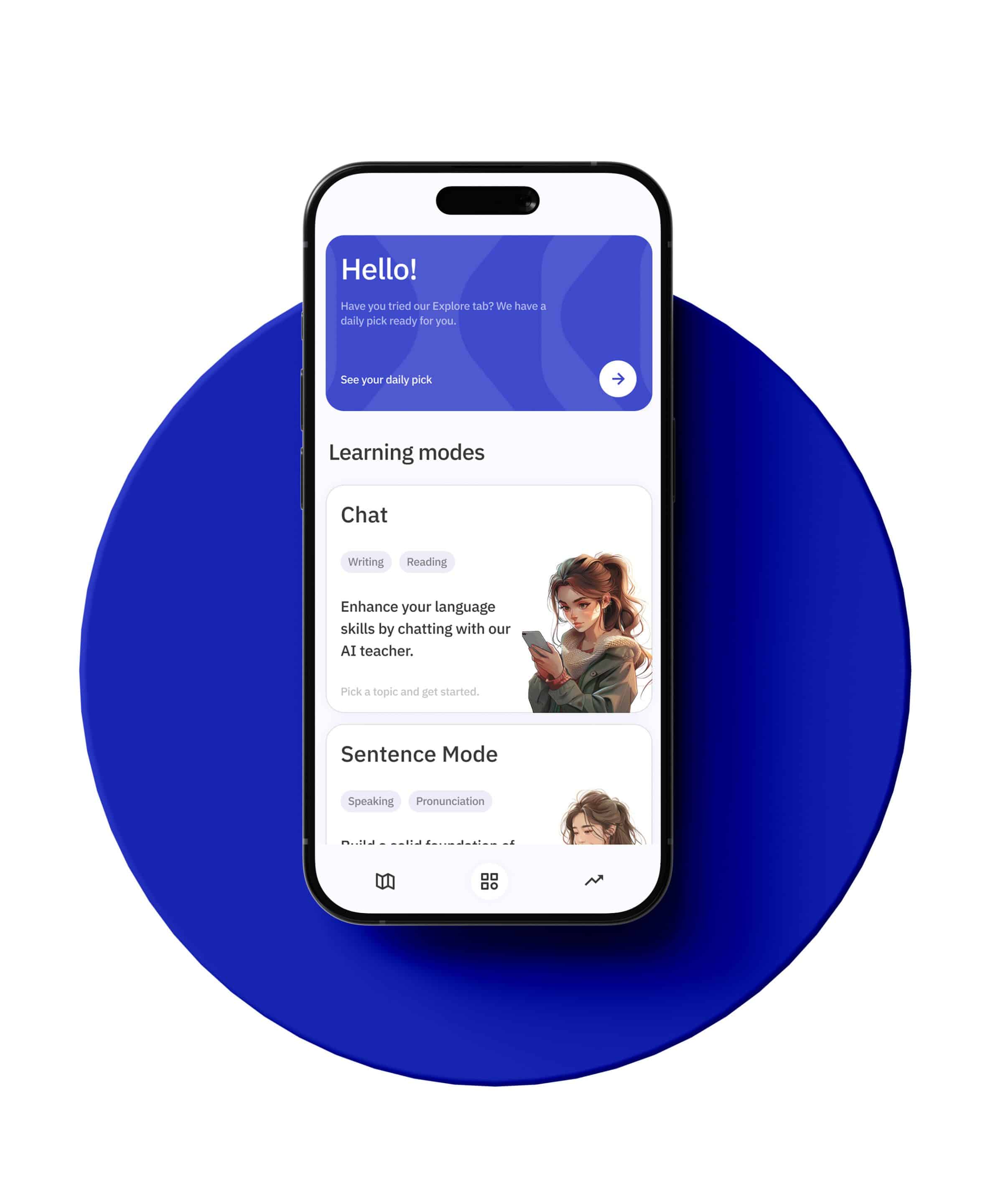English, with its rich vocabulary, offers a myriad of words that look or sound similar yet have different meanings. Two such words are “perspective” and “prospective.” Though they may sound somewhat alike, they represent very different concepts. Understanding the distinction between these two terms is crucial for effective communication and can enhance your comprehension of the language. This article will delve into the meanings of perspective and prospective, illustrate their proper usage with examples, and discuss their significance in both everyday and professional language.
Perspective: Viewing Angles
The term “perspective” is used to describe a particular attitude towards or way of regarding something; it is essentially a mental view or outlook. It can also refer to the art of representing three-dimensional objects on a two-dimensional surface to give the right impression of their height, width, depth, and position in relation to each other.
In everyday conversation, perspective is often used when discussing how different people perceive situations or ideas. Everyone has their own unique perspective based on their experiences, beliefs, and emotions.
Example: From an economist’s perspective, the rise in interest rates could indicate a strengthening economy.
In art or photography, perspective is used to give depth to images. Artists manipulate perspective to draw the viewer’s eye into the composition as if they were looking at a three-dimensional space.
Example: By adjusting the perspective, the painter made the small room appear much larger.
Prospective: Future Potential
On the other hand, “prospective” refers to something likely to happen in the future or something that is expected. It is often used in contexts where there is anticipation of future events, possibilities, or developments.
Prospective is frequently used in business and academic settings. For instance, companies may discuss prospective markets they wish to enter, or universities may consider prospective students.
Example: The company is researching prospective locations for its new headquarters.
It can also be used more generally to describe any future possibilities.
Example: She showed great enthusiasm for her prospective studies abroad.
Importance in Language Use
Understanding the difference between perspective and prospective is not just about vocabulary accuracy. It’s about conveying the right ideas and intentions. Misusing these words can lead to confusion and misinterpretation, which can be particularly problematic in professional settings where clarity is crucial.
For English learners, mastering such distinctions is a key part of becoming proficient in the language. It helps in understanding the nuances and depth of English and enables more effective and nuanced communication.
Conclusion
By grasping the difference between perspective and prospective, you enrich your English vocabulary and enhance your ability to communicate precisely. Remember, perspective relates to views or angles—how things are perceived, while prospective is about the future—what is anticipated or expected. Keeping this distinction in mind will not only help you avoid common mistakes but also improve your overall language skills, allowing for clearer and more effective communication in both personal and professional contexts.







